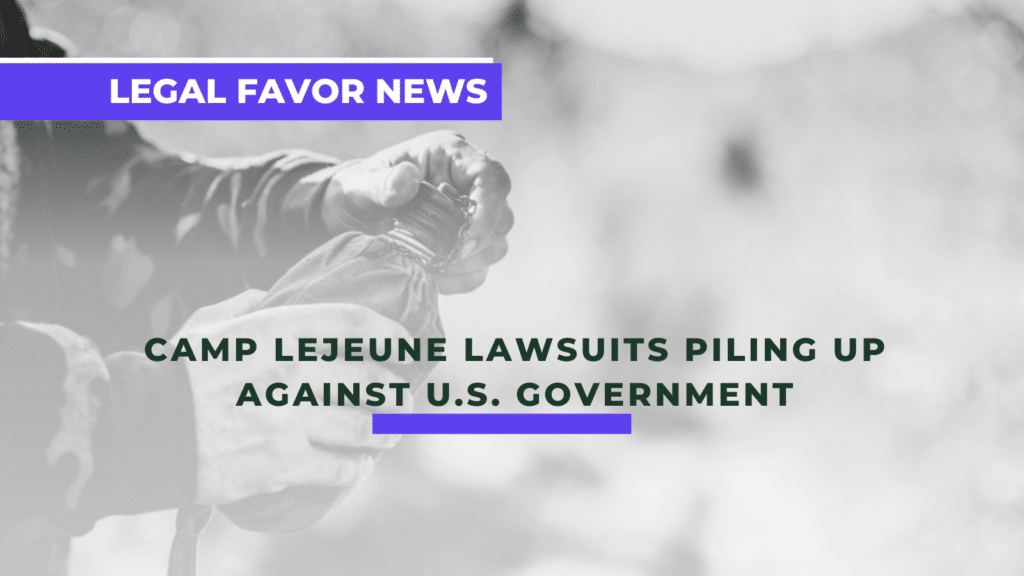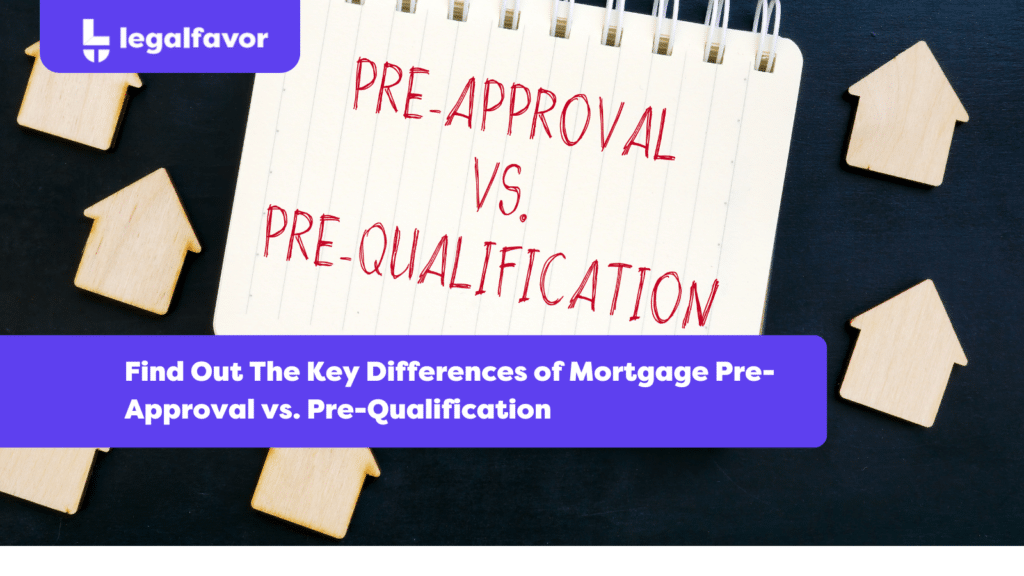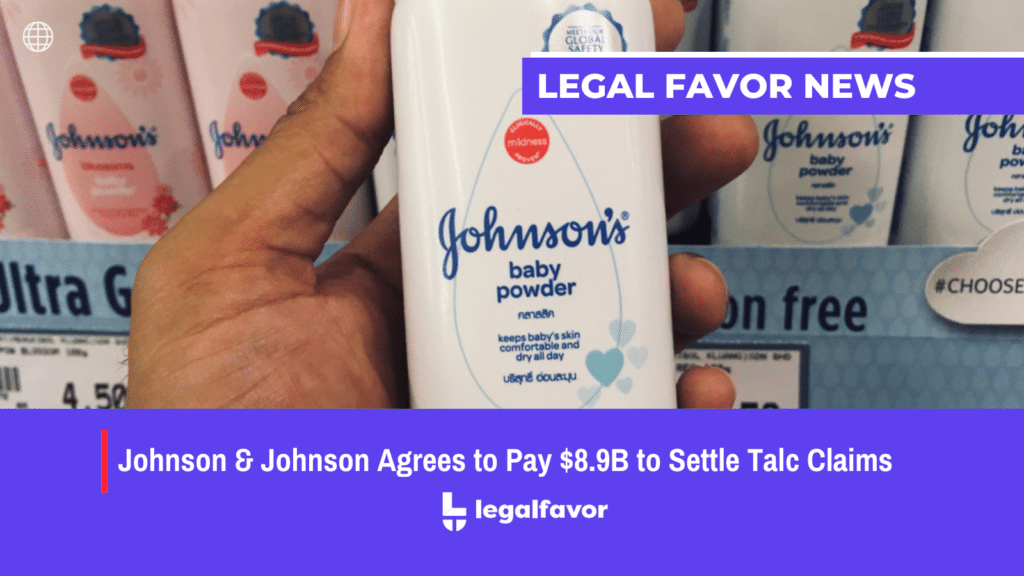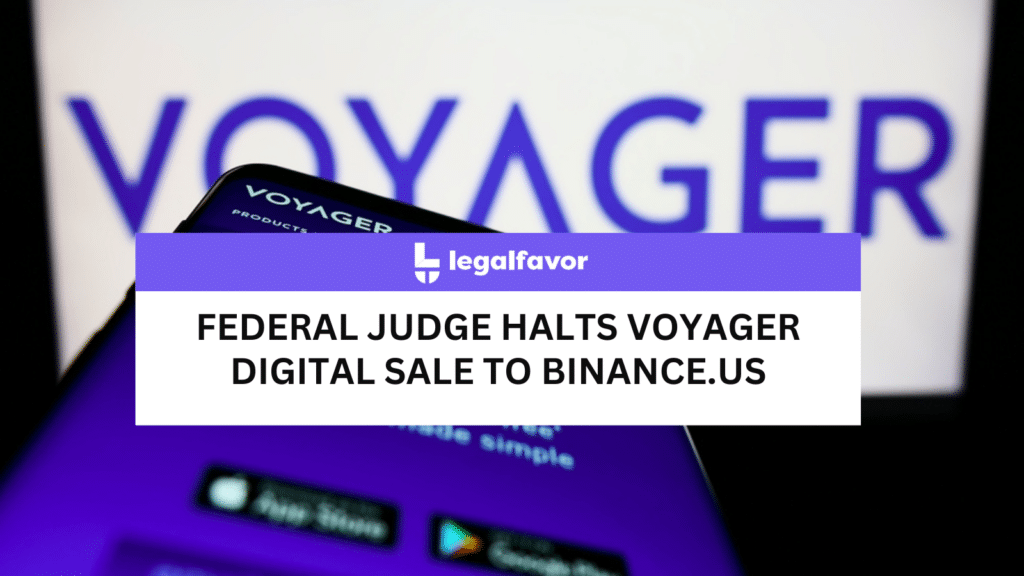Intellectual property (IP) includes patents, copyrights, trademarks, and trade secrets. All of which help protect the value of the things you create or the ways you make money. You have several options when it comes to protecting your intellectual property. However, some of them can be more effective than others depending on what kind of IP you want to protect. This guide will show you how to register your IP, and discuss some of the common misconceptions about intellectual property. Additionally, it will explain what you can do if someone violates your rights.
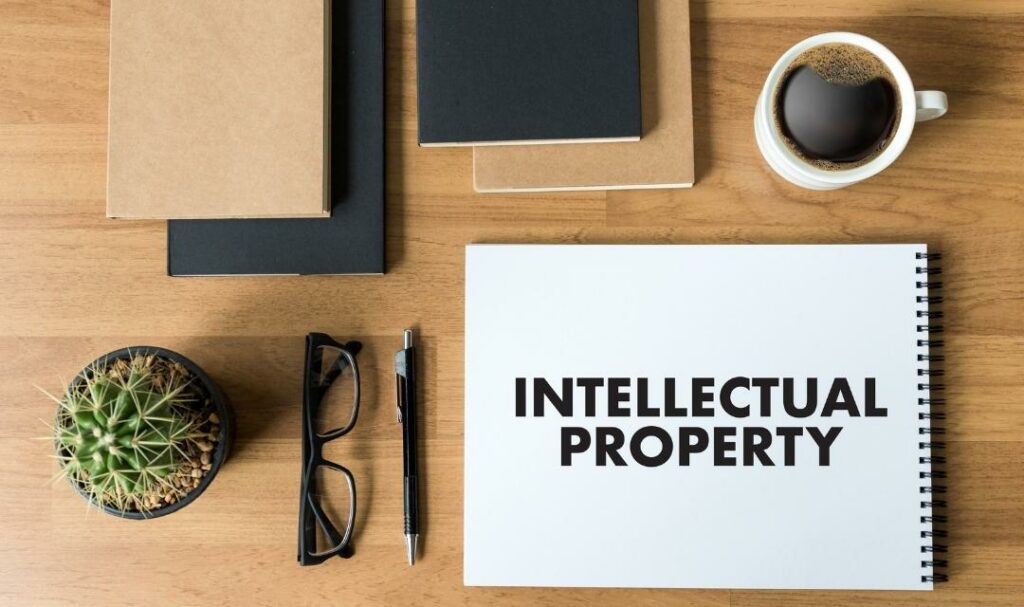
What Is Intellectual Property?
Intellectual property is a broad term referring to creations of the mind. These may include: inventions, literary and artistic works, designs, and symbols. To be eligible for protection under intellectual property laws in most countries, a creation must be original and fixed in some tangible medium of expression. In addition, it must have at least some minimal degree of creativity. Finally, it must not fall into an excluded category (for example a scientific principle or discovery).
Intellectual property law grants legal protections to property that derives from the use of one’s intellect. For example, IP law can protect compositions, inventions, literature, and advertising slogans. The so-called intellectual property label is due to its connection to your intellect.
The Basics Of Different Types Of Intellectual Property
Types of intellectual property include copyrights, trademarks, patents, and trade secrets. While similar in that they all cover creations of thought or mind, they are very different in how they apply and exactly what they cover.
A copyright protects an original creative work such as a painting or song. Companies or people use trademarks to identify a unique product or service, such as the Coca-Cola brand soda pop.
Patents provide legal protection for inventions including new machinery, products and processes.
Trade secrets are the information you try to keep secret. However, it may not be necessarily through legal means such as a patent or copyright. For example, imagine you came up with a great recipe for apple pie. However, you kept it a secret and didn’t tell anyone. That recipe might be considered a trade secret in some circumstances. If you think of Coca-Cola or KFC, their ingredients would be considered trade secrets.
Why It’s Important To Protect IP
You don’t want your hard work stolen, and you don’t want to have someone else making money off of what you created. One of your primary goals as an entrepreneur or business owner is likely to turn a profit for yourself and anyone who helped you along the way, like investors or partners. It’s important that you do everything in your power to protect yourself from intellectual property theft. The following are some tips on how to do just that.
Different Ways To Protect Intellectual Property
There are a number of different ways you can protect your intellectual property. As an entrepreneur or startup, it’s important to familiarize yourself with all of them.
It’s also vital that you start doing so as early in your career as possible. Though many businesses are understandably hesitant about protecting their ideas when they’re still in their infancy, it is essential that you do so before sharing your ideas with others, whether verbally or through document transmission (that includes email). Remember: you never want to accidentally give away ownership of any part of your business.
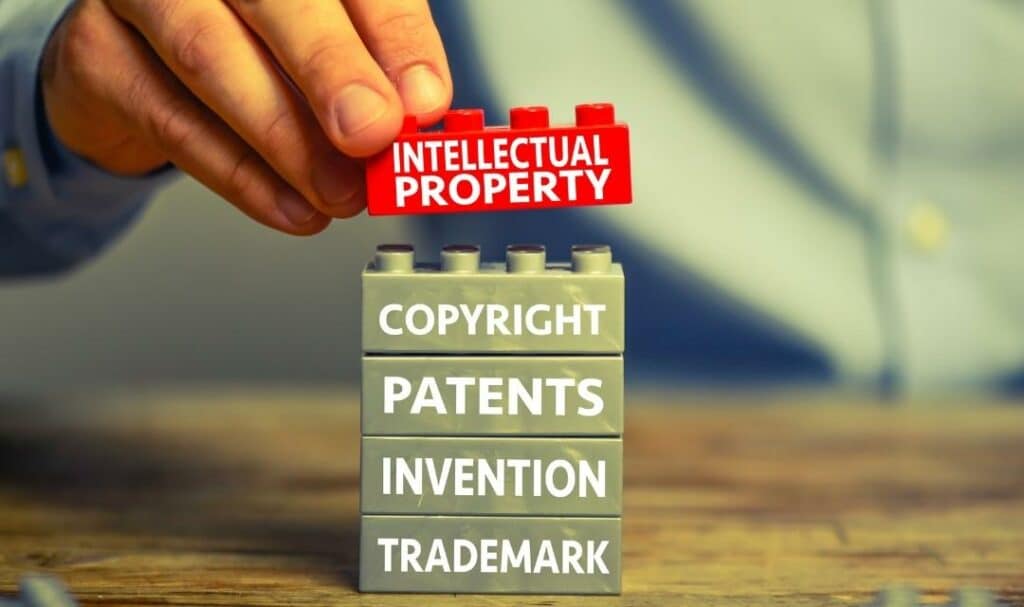
Patents Can Help Protect Your IP
Patents provide an exclusive right for inventors. These may be for an invention such as a product or process or provide a new technical solution to a problem. One must publicly disclose technical information before one can get a patent.
In theory, the patent owner has the exclusive right to commercially exploit the patented invention. If a patent owner wishes, nobody else can make, use, distribute, import, or sell the invention commercially without their consent.
Patents are territory rights. In general, the exclusive rights only extend to the country or region in which the patent has been filed and granted. It is granted for a fixed period of time, typically 20 years after the application date.
Copyright
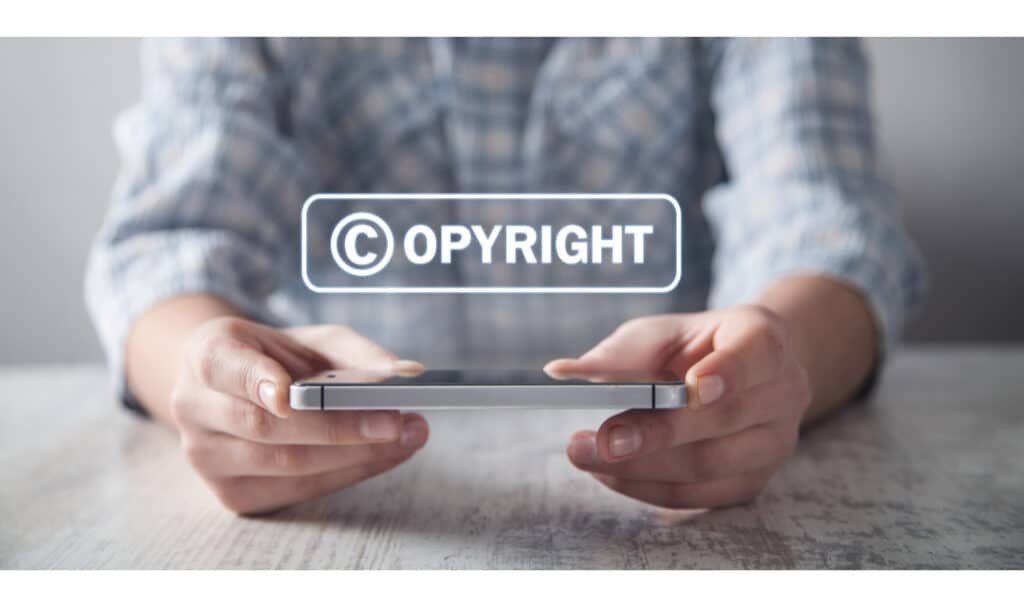
The word copyright in a very literal sense is an archaic word for an author’s right. However, that term has now come to cover much more than just authors and their works. Today, this archaic word can also cover works such as computer programs, databases, advertisements, maps, and technical drawings.
Now, what intellectual property can actually be protected using copyright?
Even though lists of copyrighted works can usually be found in legislation, in general works of the following types are considered to be copyrighted and protected by the law.
- Pieces of writing like novels, poems, plays, reference books, and newspaper articles.
- Computer programs, databases; databases, computer programs
- Various types of media, such as films, music, and choreography;
- Creative endeavors like paintings, drawings, photographs, and sculpture;
- Advertisements, maps, and technical drawings.
In short, only authorship matters when determining whether or not an item is copyrightable. Copyright protection may or may not be available for items such as titles, slogans, or logos. It depends on how much of the item is made up of authorship.
Two Types of Rights
Under copyright, there are two types of rights. The first is the right to profit financially from the use of their works by others and copyright laws. The second right covers the non-economic interests of the author.
As the legal rights owner of a work, you can authorize or prevent any use of your work (i.e. books, film, images) by governing certain details (like movie/show casting). This can include:
- Its reproduction in various forms. This may include the publication of copies in print, reproduction on the screen, or making copies of the recording.
- One of its appearances in a public performance, such as in a play or musical work.
- The form of compact discs or DVDs.
- What is being broadcast, such as by radio, cable, or satellite;
- Translating it into other languages or
- The adaptation of a novel into a film script, for example.
Examples of widely recognized moral rights include the right to claim authorship of a work and the right to defend the work against unauthorized changes.
Trademarks Can Also Help Protect Intellectual Property
A trademark is a mark which can distinguish the good or service of one enterprise from those of others. It is the intellectual property of the enterprise.
Trademarks typically denote brands and the logos that appear on merchandise. For example, the cursive-script word Coca-Cola is a trademark. To trademark your company’s logo, you need to follow these steps:
File a trademark application and select what goods and services the trademark is to cover.
When an application for a trademark is filed, a trademark examiner reviews it to see if someone else has already registered a similar mark.
If not, the trademark is made public to allow anyone to oppose it.
Without objections, the trademark is approved.
Typically, a trademark remains in effect for 10 consecutive years after first used as long as the owner meets the legal requirements for renewals.
Trade Secrets
A trade secret is any sort of special process or knowledge that a company doesn’t let other people know about and is, as a result, something that gives the company a competitive advantage.
A trade secret must meet three criteria to be legally recognized as such in the United States: the information must be of reasonable concealment from the public, it must intrinsically be of economic value, and it must contain certain pieces of information.
While trade secrets are technically part of a company’s intellectual property, they are different from a patent in that trade secrets are not made public.
Intellectual Property Lawsuit Cases
Corporate lawsuit cases are also a common way for corporations to assert intellectual property rights. The most common type of intellectual property lawsuit is trademark infringement, where one company asserts that another is passing off its products or services as being from their company.
For example, if one pharmaceutical company sues another for tarnishing its brand name by calling their pills Novapax, then it’s likely that trademark infringement is involved. If a corporation successfully sues an individual for copyright infringement or patent infringement, it can sometimes recoup a lot of money – but not always.
Napster versus A&M Records, Inc.
The file-sharing platform Napster was launched in 1999. It allowed people to access other people’s music files easily. One year later, it had 20 million users all over the world. Launching with unprecedented force, the company forever altered the industry by playing a role in ushering in the so-called Post-Napster era in which the global record industry shrunk.
There were many suits, and BMG, EMI, Sony, Warner, and Universal, sued Napster. The court sided with the plaintiff companies in 2001. The legacy of Napster, that major disrupter in the music industry, continues to be how they were broken up and how they weren’t.
Pfizer versus Teva Pharmaceuticals, Sun Pharma
Pfizer vs Teva was another case in which generic drugmakers, for the first time, paid damages for launching a generic version of a drug whose patent had not yet expired. This is known as an ‘at-risk launch.’
In 2007 and 2008, respectively, Teva and Sun Pharma began selling generic copies of Pfizer’s blockbuster drug Protonix, before its patent expired in 2011.
Pfizer gave out the sum of $2.15 billion, which Teva and Sun Pharma agreed to pay $1.6 billion and $550 million respectively. Takeda received 36% of the settlement as the patent was held by Nycomed, a subsidiary of Takeda, and was licensed to Wyeth, a Pfizer company.
Intel versus VLSI Technology
On March 3, 2021, a federal jury in Texas ordered Intel to pay $2.18 Billion to VLSI Technology because it had been infringing on 8 of VLSI’s patents.
The amount makes it one of the largest patent infringement awards in the United States, and the third time a U.S. court has instructed a defendant to pay damages over $2 billion. The jury granted $1.5 billion in damages for one patent and $675 million for another.
Polaroid versus Kodak
Another famous patent battle ensued, in which Kodak was found to be infringing on Polaroid’s 12 patents and sought triple damages, amounting to $12 billion. The Wall Street Journal predicts a range of awards at between $1.5 billion and $2 billion.
On October 27, 1990, Kodak was ordered to pay Polaroid $909 million in damages which were later raised to $925 million with interest. Less than one billion dollars, but a handsome sum for the 1990s.
Final Words
It can be very easy to not take your own intellectual property seriously. After all, it’s not like anyone else is trying to step on your ideas, right? Wrong. The truth is that people are always stepping on other people’s ideas and if you want to protect yours then you need to take them seriously. Otherwise, someone could steal your idea without giving you any credit or compensation at all. To prevent such a travesty from happening, follow these tips for protecting your intellectual property.
